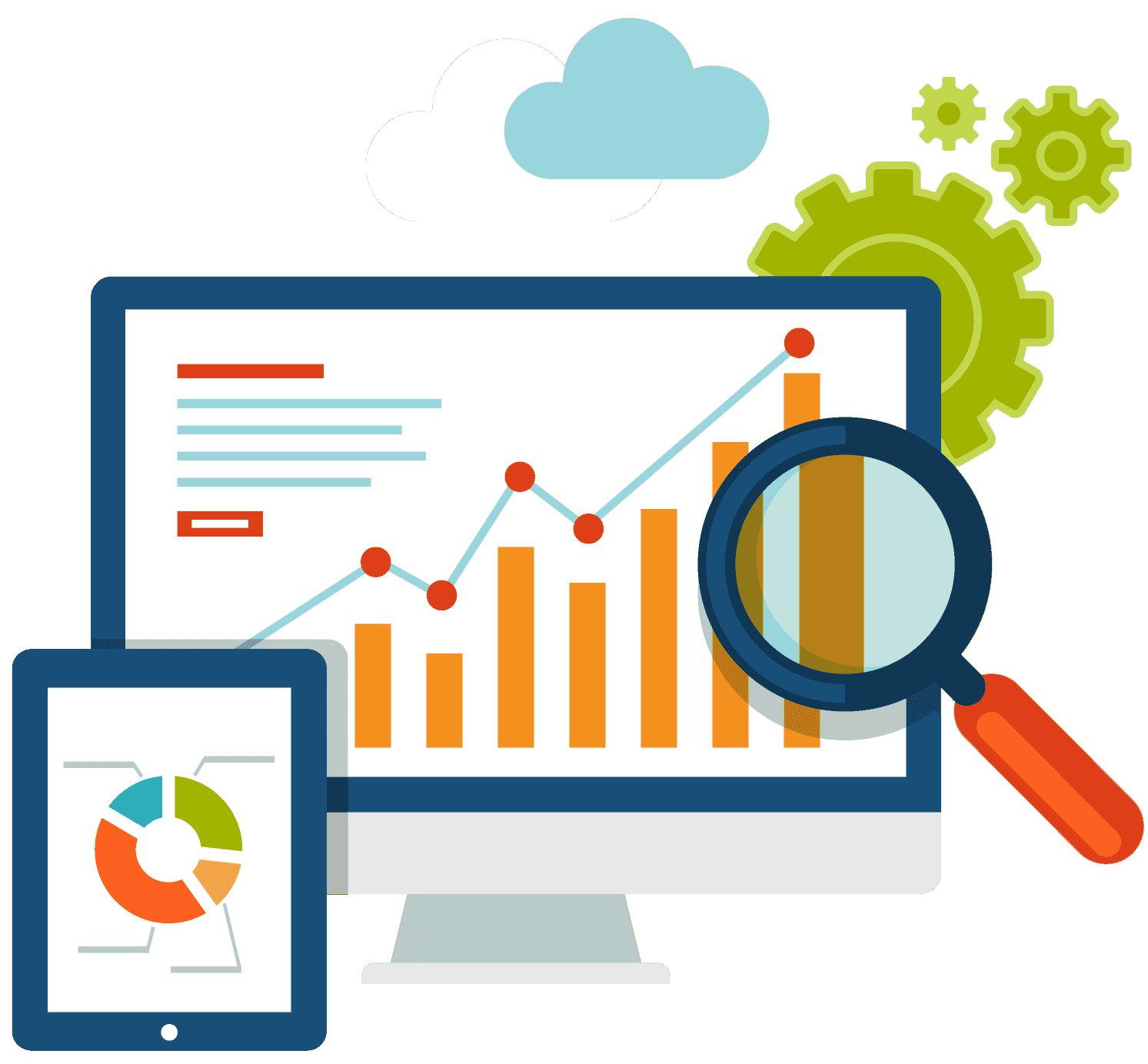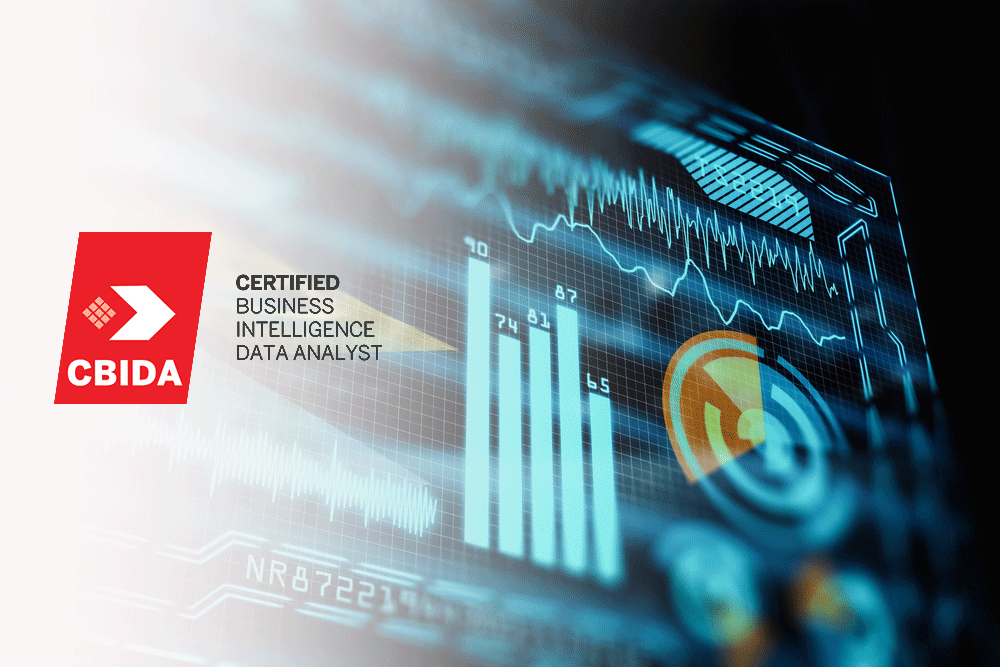Not surprisingly, that challenge is reflected in the rising demand for big data skills and certifications.
If you’re looking for a way to get an edge, big data certification is a great option. Certifications measure your knowledge and skills against industry- and vendor-specific benchmarks to prove to employers that you have the right skillset.
The number of big data certs is expanding rapidly. Here, you’ll not only get to learn the major Big Data technologies (Hadoop, Spark, Sqoop, Flume and No SQL databases such as MongoDB and HBase) but also analyze Big Data through Data Science in Python, R and doing Statistics, Exploratory Data Analysis, Machine Learning & Tableau.
Why become a CBIDA
- Join the association of a large pool of data analysts and share ideas on different topics and decisions
- Industrial leaders are looking to work with the most practically informed data analysts who understand both data and its implication on business decisions.
- For executives, it enables you to eliminate the HIPPO (Highest Paid Person’s Opinion) tendencies. With more exposure to data-driven decision making.
- The knowledge learnt in this program is transferrable to other certifications of similar magnitude yet more practical.
What to expect
- Advanced-Data Analytics for decision making: Explore sophisticated features and techniques in MS Excel to discover deeper insights, make predictions and generate professional recommendations, for instance the time when the rate when the rate pf costs growth will exceed the rate of revenue growth or jaws ratio in the future.
- Business intelligence: Transforming big data from your core and other source systems into actionable intelligence that informs a firm’s strategic and tactical decisions. For instance perform KPI measures on your data to expose underperforming branches, and workers and performance bottlenecks.
- Data visualization: Transform your data into visual analytics grasping difficult concepts and identifying new patterns to expose inefficiencies and targets in your data such as building dashboards to track KPIs, metrics and other key data points relevant to a company making the invisible visible.
- Performance management: Track, aggregate and visualize key performance indicators over time, rather than reporting on a point in time. For instance, applying powerful marketing and sales methods to retain, grow, win back and acquire profitable customers.
- Risk management for exceptional reporting: Conduct risk analytics, build robust optimization models and design risk registers to guard against, manage and control uncertainty in your business processes, for instance, measure, quantify and predict risk with a consistent methodology steeped in data-driven insights.



